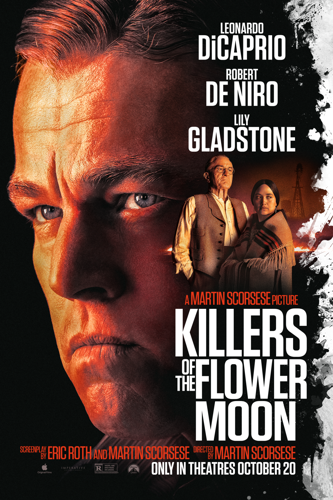If you were a child in New York in the 30s or 40s, there was a not-bad chance you had met Rosebud Yellow Robe, and that she had told you to call her “Rosebud.” For 20 years, she ran the Indian Village, a hands-on educational exhibit located on Jones Beach, on Long Island. She performed ceremonial dances, taught crafts, told stories, and did what she could to disabuse her young audiences of the prejudices they had absorbed from movies and TV. Now, in the summer of 1950, she was on a national tour, hired by Twentieth Century-Fox to do publicity for Broken Arrow, a prestige, technicolor western starring Jimmy Stewart.
Broken Arrow was marketed as a genre break. It told the story of the peace negotiations held by the US scout Tom Jeffords, played by Stewart, and the Apache chief Cochise in the early 1870s. Cochise, played by Jeff Chandler, is the hero of the movie: “a great American,” according to the director Delmer Daves, but even more so a king weighed down with a heavy crown, a pragmatist as well as a warrior. The Apache are capable of brutality—in early scenes they bury their white prisoners up to their necks in the sand and leave them to the ants—but Jeffords puts their cruelty in context. It was the white man, not the Apache, who started the cycle of violence.
“I’m no Hollywood Indian,” Rosebud said, but “for the message this picture has I would be happy to be one.” She was Lakota, not Apache, she reminded reporters, but she vouched for the film’s authenticity. The filmmakers had consulted an anthropological study and hired members of a reservation in Arizona to serve as extras. Her tour, 73 years ago, rhymes with the publicity campaign for Martin Scorsese’s Killers of the Flower Moon, another prestige western that seeks authenticity, another that touches on—even if it never fully examines—the genocide of Native people.
Rosebud may have acknowledged some failings in Broken Arrow, but she didn’t note its most significant problems. All but one of the principal Native roles are played by white actors. The story culminates with the sacrifice of Jeffords’s young Apache bride, Cochise’s daughter, a perpetuation of a pernicious genre trope. In the film’s coda, the narration suggests the peace won by Cochise and Jeffords remained permanent. In reality, it ended in 1876, two years after Cochise’s death; the worst atrocities the Apache suffered were yet to come.
